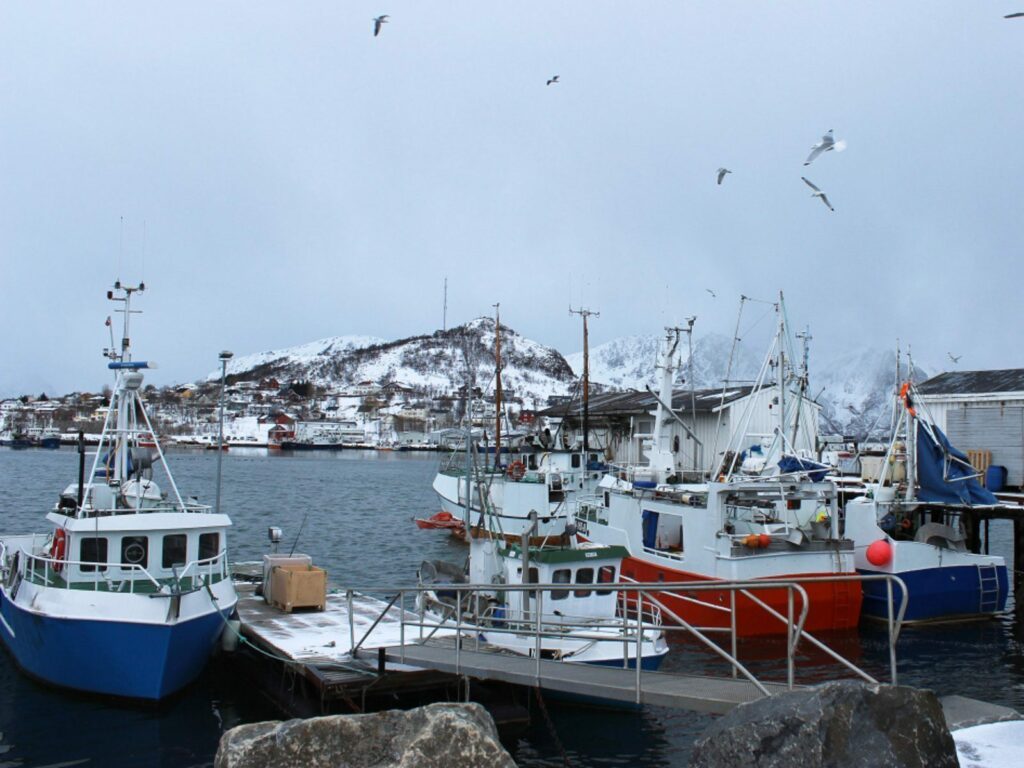A total of 16 different types of activity can use the KRAV label. Each activity corresponds to one of the types of production in the KRAV Standards. When KRAV started in 1985, only crop production was addressed and the standards fit on one A4 page. Now a 300-page book is required to accommodate all the standards.
The KRAV label is primarily intended for food, but other raw materials can also be KRAV-labelled. KRAV decides which products can be KRAV-labelled and which types of production or handling can be KRAV-certified.
KRAV-certification means that a company is audited and approved to KRAV-label products that comply with the KRAV Standards. A KRAV-certified company can also produce goods that are not KRAV-labelled. Certification is handled by certification bodies, companies completely independent from KRAV that audit companies for compliance with the KRAV Standards.
These Activities can be KRAV-certified
- crop production
- greenhouses
- mushroom cultivation
- animal husbandry
- apiculture
- aquaculture (cultivation of fish, crustaceans and algae, for example)
- wild harvest production (berries, plants, fungi)
- food processing
- slaughter
- feed production
- production aids (soil, manure, etc.)
- restaurants and caterers
- import and bringing-in
- fisheries
- marketing
- hygiene standards when cultivating and handling fruit and vegetables
Some of the KRAV Standards apply to all types of production, others are adapted to a particular type of production. With regard to food processing, feed production, production aids and import and bringing-in, a company must register each product with KRAV before it can be sold.
Other activities must comply with a conversion period for a certain time period after they register with KRAV and receive an agreement from a certification body, until they are allowed to sell products with the KRAV label. This applies to crop production, since artificial chemical pesticides and fertilizers require time to break down on sites where they had been previously used. A conversion period is also required for animal husbandry where the KRAV label cannot be used when selling animals or products from animals in a conversion period.
NOT ONLY SWEDISH PRODUCTS
KRAV is a Swedish sustainability label, but not only Swedish production can be KRAV-labelled. The standards for agriculture can be used throughout the Nordic countries, and the standards for fisheries can be applied to the Northeast Atlantic and the Baltic Sea, and in Nordic freshwater. The rest of the KRAV standards apply throughout the EU and the EEA (Iceland, Liechtenstein and Norway).
Even imported products and raw materials can be KRAV-labelled. The idea behind this is to help increase the consumption and production of KRAV-labelled goods not only in Sweden, but in other countries as well. There are also standards for imported products that will be KRAV-labelled. The KRAV Standards for imported products are not however as detailed as the standards for Swedish products, but KRAV has selected some especially important standards that must be complied with. These standards are called extra requirements, and are requirements that KRAV sets over and above the EU minimum requirements for organic products. The extra requirements are based on the added value of KRAV with regards to animal welfare, the environment and health, better working conditions and climate impact.

